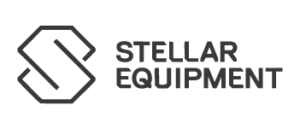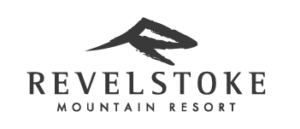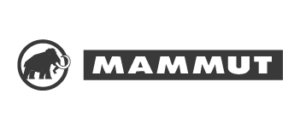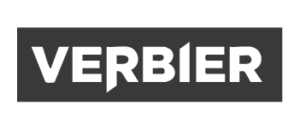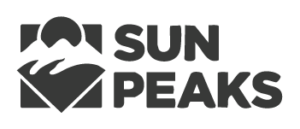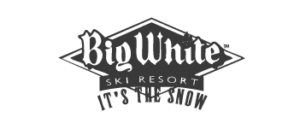Lorem ipsum dolor sit amet, consectetur adipiscing elit. Duis dapibus rutrum vulputate. Mauris sed eros nec est vehicula mattis ac vitae ligula. Maecenas vitae tristique sapien, vitae pellentesque lectus.
How to Write a Ski Instructor CV that gets you Hired: Templates, Tips & Examples

Our Expert Guide to Writing a Ski or Snowboard Instructor CV That Stands Out
1) Know Your Destination: CV Formats Vary by Country
Before you start writing, make sure you’re tailoring your CV or resume to the country where you’re applying. Different regions have different expectations, both in format and tone. You’ll also need to check your work permit eligibility, especially if you’re a newly qualified instructor relying on a Working Holiday Visa.
Here’s what employers are typically looking for:
Canada: Chronological Resume Format
Canadian ski schools usually want a clear, one-page chronological resume that focuses on your recent work and education history, listed in reverse order. Keep it clean, simple, and focused on your ski experience, customer service, and certifications like CSIA.
United Kingdom: Profile + Skills Summary
In the UK, employers expect a brief personal profile at the top, followed by a skills-based section, and then a standard work/education chronology. You can also include interests or hobbies, especially if they relate to outdoor sports or leadership.
Japan: Formal, Photo-Ready Applications
Japanese ski schools value formality and detail. It’s common to include:
-
A passport-style photo
-
A full list of qualifications and licences
-
A clear record of education and accomplishments
Adding a short paragraph on why you want to teach in Japan can also help personalise your application.
Top Tip: If you’re unsure, research recent job ads in your chosen country, or ask WSC, we can help mentor for feedback on your resume draft.
2) What Job Role Are You Applying For?
There’s no such thing as a one-size-fits-all ski instructor CV. Your application should always be tailored to the specific job and resort you’re applying to.
While many instructors split their year between winter instructing and other seasonal or freelance work, it’s important to invest in a dedicated instructor-focused resume for ski and snowboard roles. Employers want to see that you’ve taken the time to highlight your teaching experience, certifications, and suitability for their particular resort or school.
Be Proactive:
Even if you haven’t found the perfect job yet, you can still create a solid resume framework that’s ready to adapt. This means:
-
Building a strong personal profile
-
Listing relevant certifications and experience
-
Preparing a core skills section you can tweak depending on the role
Top Tip: Review job descriptions for ski schools you’re interested in and mirror the language they use. It shows attention to detail and helps with ATS (Applicant Tracking System) compatibility.
3) Always Include a Cover Letter or Email
A well-written cover letter (or intro email) is your chance to stand out. It adds personality, context, and shows genuine interest in the role.
Employers in ski schools receive dozens of CVs that all look the same. Your cover letter is where you make a human connection, demonstrate that you’ve done your research, and explain why you’re a great fit for their specific resort and team.
What to Include in a Great Ski Instructor Cover Letter:
-
Show you’ve researched the resort and company (mention terrain, teaching style, or resort values)
-
Highlight 2 or 3 key strengths that match the job description (e.g. experience with kids, bilingual, CSIA Level 2)
-
Tailor it to the role – mention the job title and how your experience matches their needs
-
Keep it concise and professional – ideally under 300 words
Example Opener:
“I’m excited to apply for the Ski Instructor position at [Resort Name]. Having recently qualified as a CSIA Level 2 instructor through Winter Sports Company, I’m eager to bring my skills, passion for teaching, and love of the mountains to your team this winter.”
Pro Tip: Even if you’re emailing your CV, the message is your cover letter. Don’t just say “CV attached” use that space to introduce yourself with intent.
4) Every Experience Counts: Especially If You’re Just Starting Out
If you’re newly qualified and applying for your first instructor job, don’t underestimate the value of your training experience. It matters more than you think.
Be sure to include your Winter Sports Company course (or other… hopefully not!) in your Education or Work Experience section. The hours you spent shadowing qualified instructors, assisting with lessons, and developing your skills on the mountain are all highly relevant and they give you a real edge over candidates without formal mentorship.
What to Include:
-
Your course name (e.g. CSIA Level 1 Instructor Course at Panorama Mountain Resort)
-
The dates and duration
-
Your on-snow shadowing hours
-
Key skills developed: lesson planning, group management, feedback delivery, risk assessment, guest service
Example CV Entry:
CSIA Level 1 Ski Instructor Course – Winter Sports Company
Panorama Mountain Resort, British Columbia – Dec 2024 to Jan 2025
Completed 100+ hours of technical training and shadowing. Assisted certified instructors in beginner lessons. Developed strong understanding of guest communication, teaching progressions, and mountain safety.
Top Tip: If you’ve worked in any other instructional or leadership roles, from coaching sports to lifeguarding, include those too. Employers value transferable teaching experience, especially in outdoor or team-based environments.
5) References: Who to Include and When
References help employers validate your experience and character, so it’s important to choose them wisely and always get permission before sharing their contact details.
Where possible, aim to include job-relevant referees, such as a course coordinator, senior instructor, or resort supervisor. If you’re new to the industry and don’t have a professional reference yet, you can list school or college tutors, sports coaches, or team leaders who can vouch for your work ethic, communication skills, or leadership potential.
Reference Best Practices:
-
Choose relevant and recent referees (ideally from the last 1 or 2 years)
-
Always ask in advance. Never surprise someone with an unexpected reference request
-
Include their name, role, and contact details, or simply write:
“References available on request” if you’re waiting to confirm
Example:
Jason Simpson
Head Ski Trainer – Winter Sports Company
Jason@ wintersportscompany.com (not a real email!)
Pro Tip: If you’re submitting your CV publicly (e.g. uploading to a job board), avoid listing phone numbers or email addresses directly, only provide them once you’re in conversation with an employer.
6) Final Tips and Checklist Before You Hit Send
A strong CV is more than just a list of qualifications it’s your first impression. Before applying, use this checklist to make sure you’re presenting yourself professionally and building trust with potential employers.
Check Your Online Presence
Most employers will look you up online, especially if you’re applying for a role involving young people. Make sure your social media profiles are clean of anything inappropriate or unprofessional.
Top Tip: Google yourself. If you wouldn’t want your future boss to see it, delete it.
Use a Professional Email Address
That quirky or throwback email from your teens might not land well with employers. Set up a clean, professional address, ideally using your full name (e.g. [email protected]).
Including a Photo? Keep It Professional
If the country you’re applying to requires a photo (e.g. Japan), make sure it looks like a passport-style headshot:
-
Plain background
-
Friendly expression
-
No filters or silly faces
CV Formatting Tips
-
Keep your CV to 1 or 2 pages max
-
Use clean formatting with consistent headings, fonts, and spacing
-
Save it as a PDF to preserve layout – but only if it’s formatted well
-
You Don’t need to include age, gender, or other personal details
-
Be truthful – it’s easy to get caught out by small fibs
Cover Letter Reminders
-
Aim for ½ to 1 full page of clear, concise writing
-
If emailing your application, paste the letter into the email body rather than attaching it
-
Write and save a draft early so you’re not rushing at the last minute
Proofread Everything
Typos and grammar mistakes can make even a great candidate look careless. Always:
-
Double-check spelling and punctuation
-
Read it aloud to catch awkward phrasing
-
Ask a friend, mentor, or WSC course leader to review it if possible
Time Zone Awareness
If you’re travelling or applying from abroad, let the employer know your current location and time zone. It helps them schedule interviews fairly and shows consideration on your part.
Next Step: Start Applying
Now that your ski instructor CV is polished and professional, it’s time to start applying for jobs!
Already CSIA Level 2 certified? Take your career to the next level with our Level 3 Ski Instructor Internship in Canada – including guaranteed job placement, mentoring, and pathway support.

